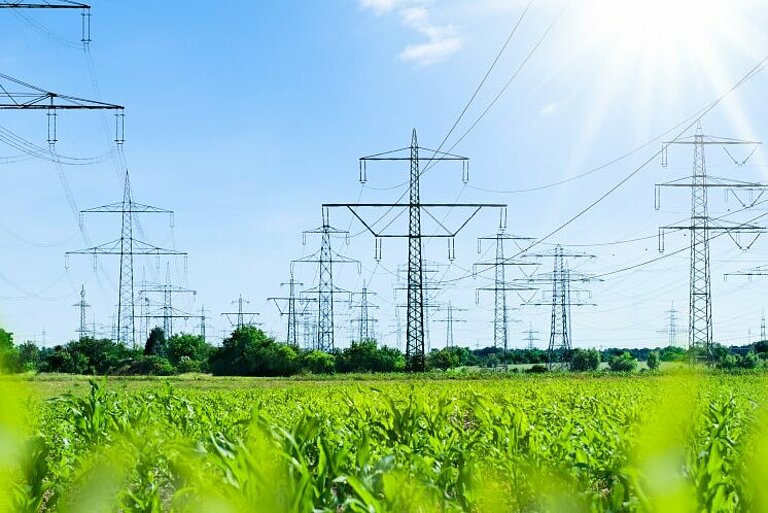Publications
![[Translate to Englisch:] [Translate to Englisch:]](/fileadmin/user_upload/Presse_und_Medien/mediathek/YouTube-Vorschaubild/NOA-Namur-Open-Architecture-Connectivity.jpg)
05.05.2021
SF6 producers, manufacturers and operators exceed targets of voluntary commitment.

Many switchgears are protected against high-energy and damaging arcs with sulphur hexafluoride. The gas with the abbreviation SF6 is non-toxic and provides excellent insulation but is about 23,000 times more harmful to the climate than carbon dioxide if it enters the atmosphere. Even though SF6 emissions from electrical equipment only accounts for about 0.03 percent of total greenhouse gas emissions in Germany - with a view to the EU's goal of climate neutrality by 2050, alternatives have to be used.
Against this background, all well-known manufacturers of switchgear and switchgear equipment have been pushing the research and development of SF6 alternatives since the 1990s. In 2005, SF6 producers, manufacturers and operators of electrical equipment made a voluntary commitment with the aim of avoiding SF6 emissions as far as possible. The agreement aimed to ensure that SF6 emissions are reduced to a minimum and that, when decommissioned, the gas is recycled and reused or, if not possible, properly disposed of. Specifically, quantitative reduction targets by 2020 were also agreed with regard to SF6 emissions in order to contribute to environmental protection.
In addition, the European Union had decreed in 2017 to generally avoid emissions of fluorinated greenhouse gases, without, however, formulating a concrete time horizon and specific reduction targets for SF6, for example.
After 15 years, the results speak for themselves - the targets set in the voluntary commitment have been met and even exceeded in all categories:
While in 2005 the electrical industry in Germany emitted a total of just under 27 tons of SF6, by the end of 2020 the figure was only around 11 tons. This corresponds to a reduction of around 60 percent. The industry has thus clearly exceeded the voluntary commitment's target of limiting emissions to 17 tonnes in this period.
These successes were achieved through many measures taken by manufacturers and users. In addition, technical alternatives to SF6 have been developed, but there is a lack of clear requirements from politics: the creation of reliable European framework conditions would support the use of SF6-free operating materials.